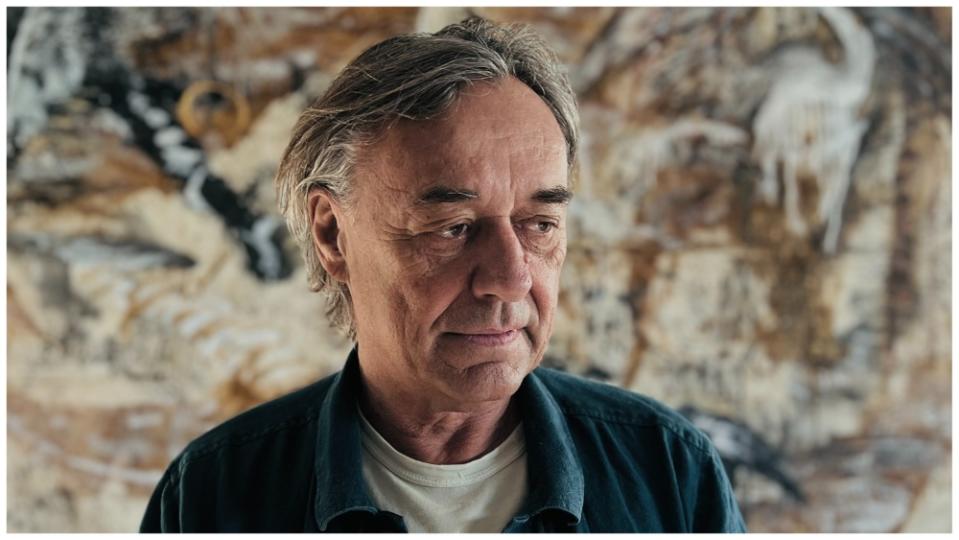Epic Battles Trade Off With Romantic Sparring in Dariusz Wolski’s ‘Napoleon’ Camerawork

Recreating epic battle scenes was just part of the challenge in filming “Napoleon” with director Ridley Scott, says Polish-born cinematographer Dariusz Wolski, who screened the grand-scale biopic at the Camerimage cinematography festival in Poland on Friday.
Getting the realism needed to capture the vast brutality of the Battle of Austerlitz or Waterloo, says Wolski, depends on exhaustive planning and coordination, of course, but also some impressive juggling.
More from Variety
“You’re basically creating a huge event. You have army personnel, you have extras trained to behave like soldiers from the 19th century, you have horse people, then we have armor, you have professional effects people, explosions, then you have main characters. You basically design the whole battle.”
Keeping track of all of these would be a challenge for even an experienced director, Wolski notes, but in Scott’s case, he actually films them all at once – while also ensuring he gets every shot and angle needed for the scene.

“He’s basically editing as he’s filming,” said Wolski, with eight or more cameras filming battles simultaneously, all monitored at the same time. Few other directors he knows of could imagine keeping track of so many angles and compositions this way, Wolski says.
But the method has been honed by Scott, now 84, for years and somehow works for him, the cinematographer explains.
Some CGI effects are incorporated, Wolski told a Camerimage audience, but by and large, the mass soldiers’ formations, cavalry runs and cannon fusillades were real, just without lethal ammunition rounds. Effects are used mainly to magnify the scale of the battles by cloning formations of troops, Wolski says, enabling filming with 450 to 500 extras, as opposed to epics of years past, which would have required thousands of extras to get the same look.
But “Napoleon,” which opens Nov. 22 in the U.S. and U.K., is about more than meticulously recreated historic battles.
Joaquin Phoenix’s version of the emperor is consumed as much by his obsession with the regal and brilliant love of his life, Vanessa Kirby’s Josephine, as by the pursuit of victory and glory, making for scenes of growing intimacy – and tension – between the two. They parry for power and dominance, as illustrated by opulent sequences in palace rooms Wolski filmed in wide angle, rich in period details in which sparks fly well beyond bedrooms.

Wolski’s approach to capturing the tug-of-war of egos caused by Josephine’s passionate spirit but inability to provide Napoleon with an heir was to allow the actors space to improvise on camera, he says. The technique allowed him to film displays of physical aggression trading off with tenderness that were spontaneous – but had to be caught the first time around or lost.
“Very emotional actors, improvising actors” were essential for the scenes, Wolski says.
The story of one of Europe’s greatest military strategists and most controversial figures has proven a subject almost too big to take on for many filmmakers.
The larger-than-life auteur Stanley Kubrick planned to film Napoleon’s life story for decades, putting together vast research on settings, costumes, customs and battles, but never managed to get the project going – though, as Wolski notes – Kubrick’s research was not for naught: It has inspired a seven-part Steven Spielberg-helmed series still in development for HBO.
And “of course” Kubrick’s work also helped inform some scenes in Scott’s “Napoleon,” Wolski says. Intimate candlelit shots capturing courtly life filmed in authentic palace settings using mainly natural illumination were influenced by the great director’s work in 1975 on “Barry Lyndon,” he explains.
Wolski, who aside from years of work with Tim Burton and Rob Marshall, also filmed for the “Pirates of the Caribbean” franchise and says one useful lesson when capturing the nuance of pre-electricity lighting is counterbalancing the concerns of historic settings. Many won’t allow candles or fireplaces to be lit, making for a tough dilemma between authentic palatial rooms and the look of real candlelight.

The look was an essential element to the “warm scenes” Scott wanted to contrast with those of vast armies making their way across freezing landscapes in bluer hues, like those depicting Napoleon’s ill-fated attempt to conquer Russia – a decision that resulted in vast losses for his imperial army.
The disastrous Russia campaign, which led to Napoleon’s exile, sees the emperor reduced to a farcical figure under Wolski’s lens, hailed by peasants as he parades down a dusty road in full military regalia.
Wolski, himself something of an exile, emigrated to the U.S. during the Cold War and now works abroad – but he notes that careful viewers will find a Polish insignia and flag among the armies in the film. After all, as the cinematographer says, “Napoleon had an army from every European nation.”
Best of Variety
Sign up for Variety’s Newsletter. For the latest news, follow us on Facebook, Twitter, and Instagram.


